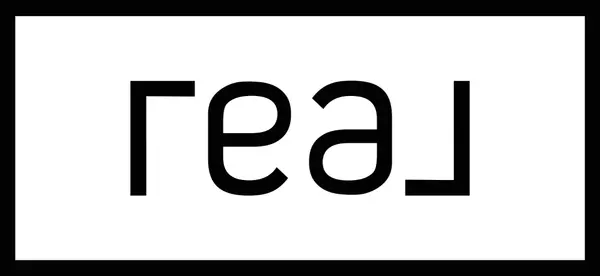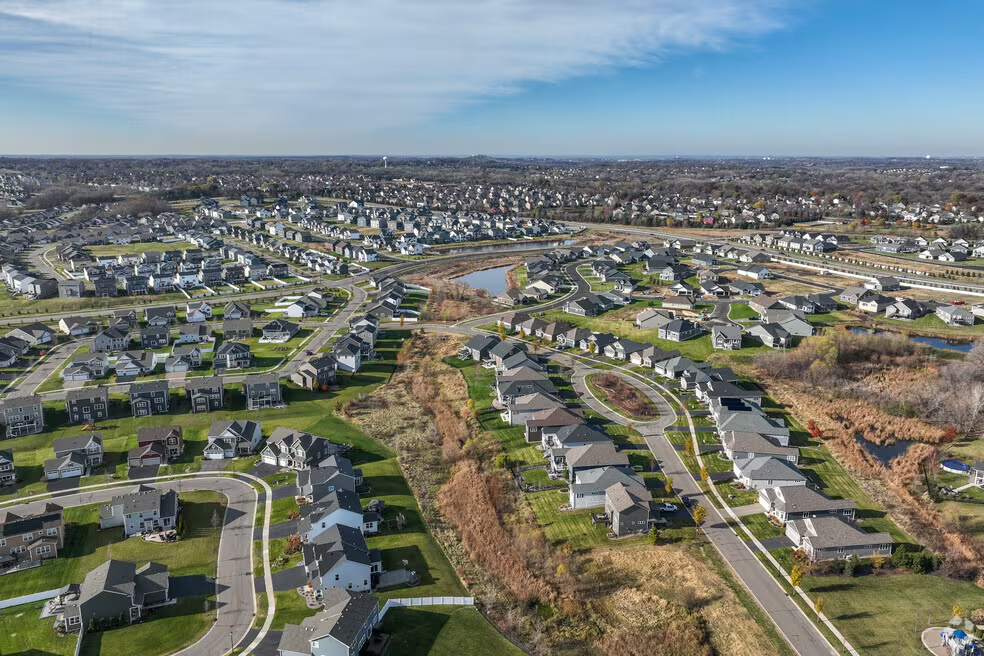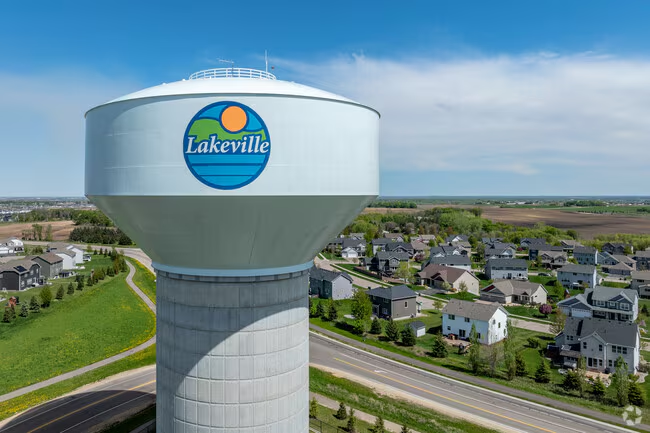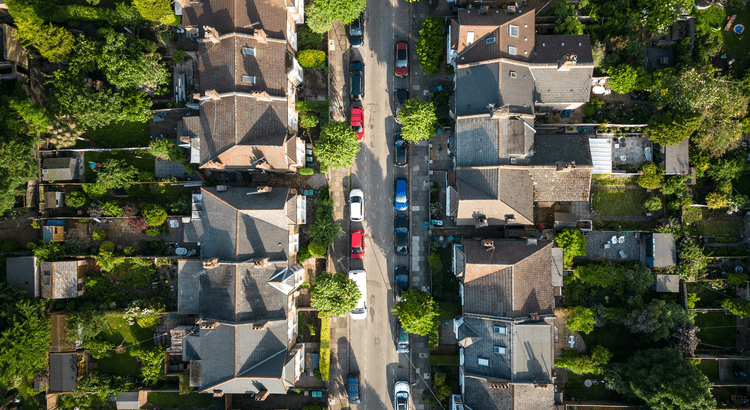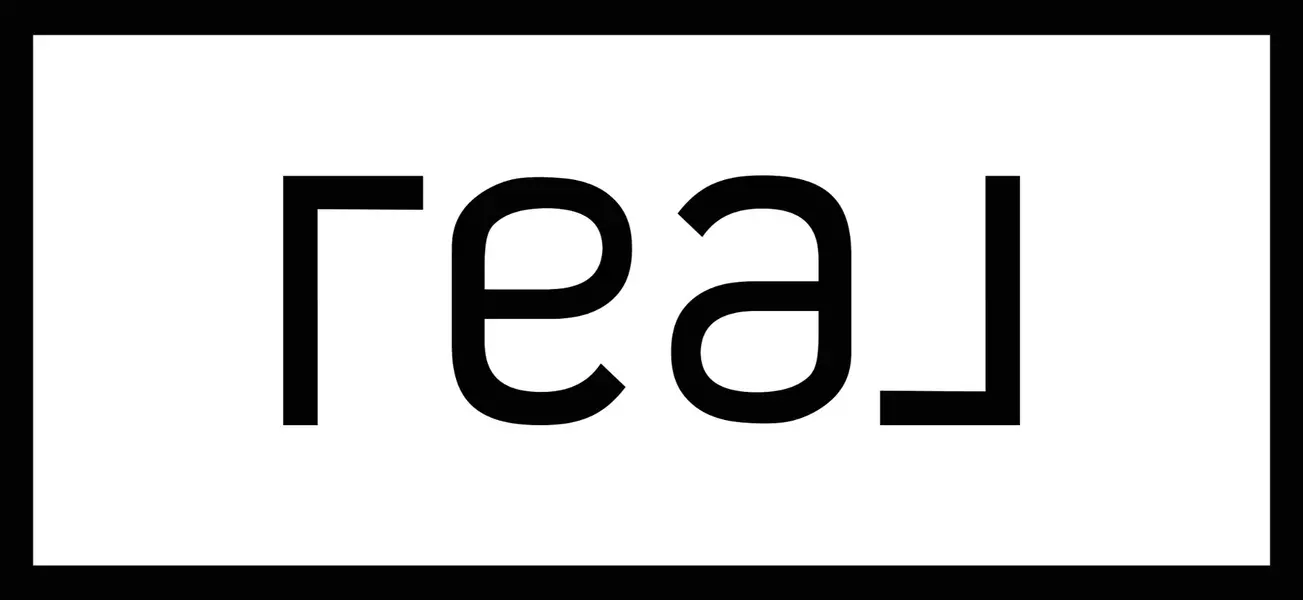
The U.S. Foreclosure Map You Need to See
Foreclosure headlines are making noise again – and they’re designed to stir up fear to get you to read them. But what the data shows is actually happening in the market tells a very different story than what you might be led to believe. So, before you jump to conclusions, it’s important to look at

Foreclosures and Bankruptcies Won’t Crash the Housing Market
If you've been following the news recently, you might have seen articles about an increase in foreclosures and bankruptcies. That could be making you feel uneasy, especially if you're thinking about buying or selling a house. But the truth is, even though the numbers are going up, the data shows the

Today’s Real Estate Market: The ‘Unicorns’ Have Galloped Off
Comparing real estate metrics from one year to another can be challenging in a normal housing market. That’s due to possible variability in the market making the comparison less meaningful or accurate. Unpredictable events can have a significant impact on the circumstances and outcomes being compare
Categories
Recent Posts
